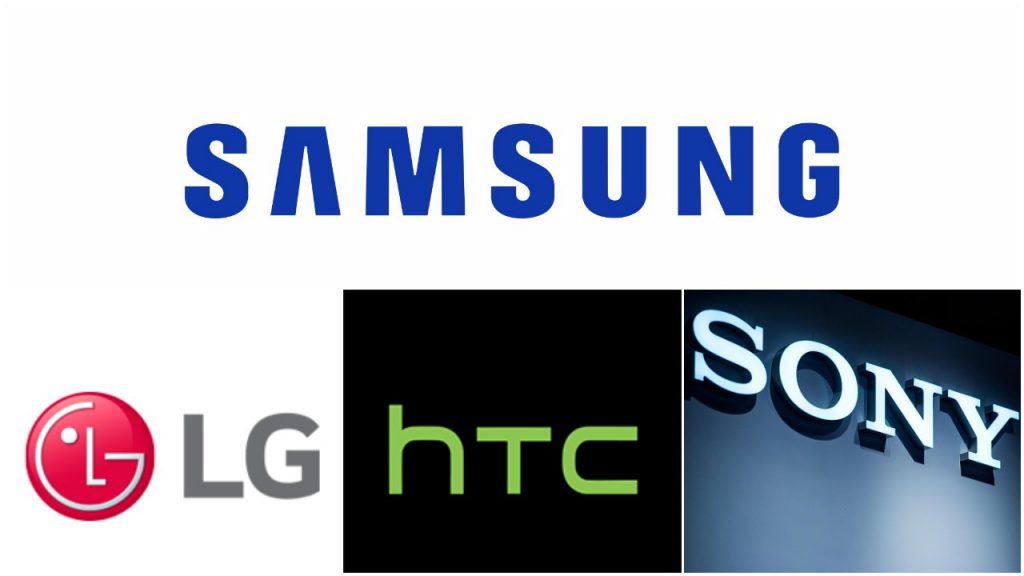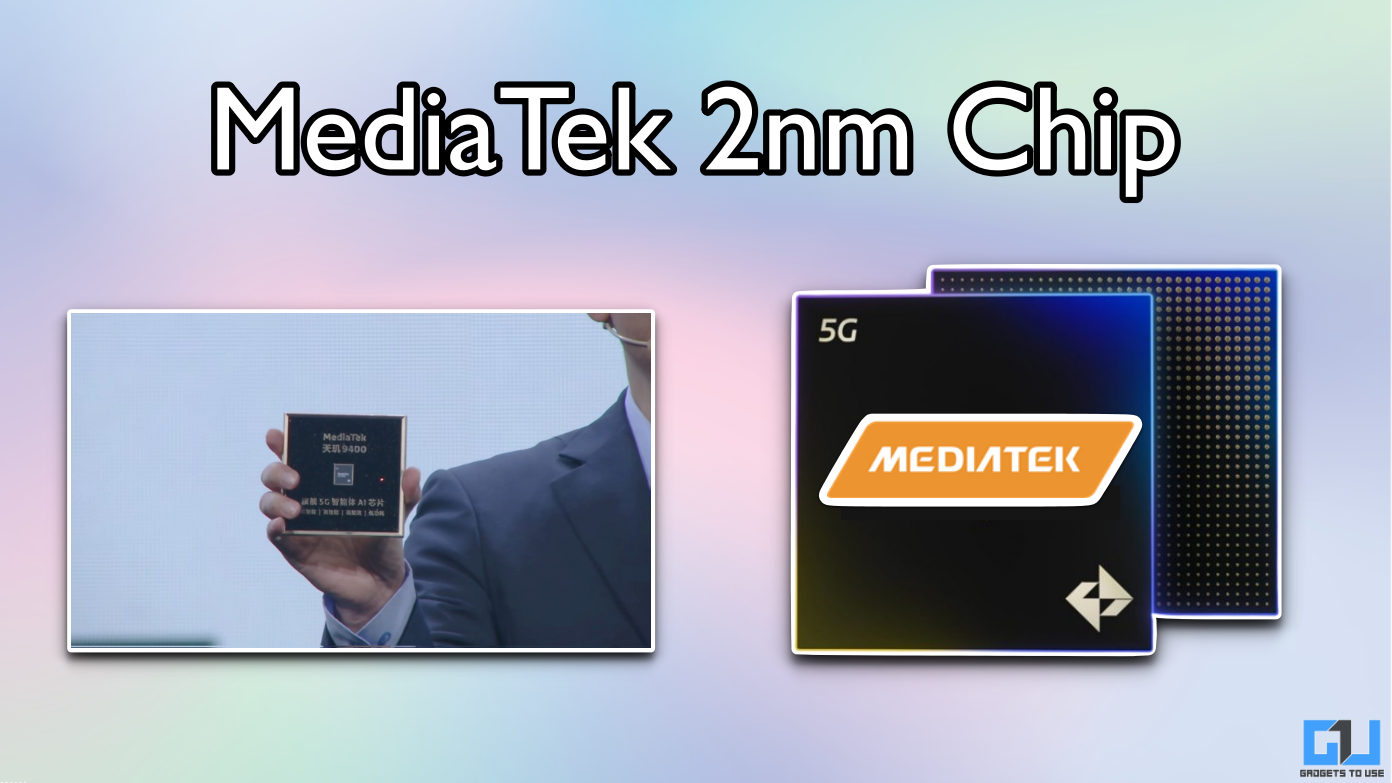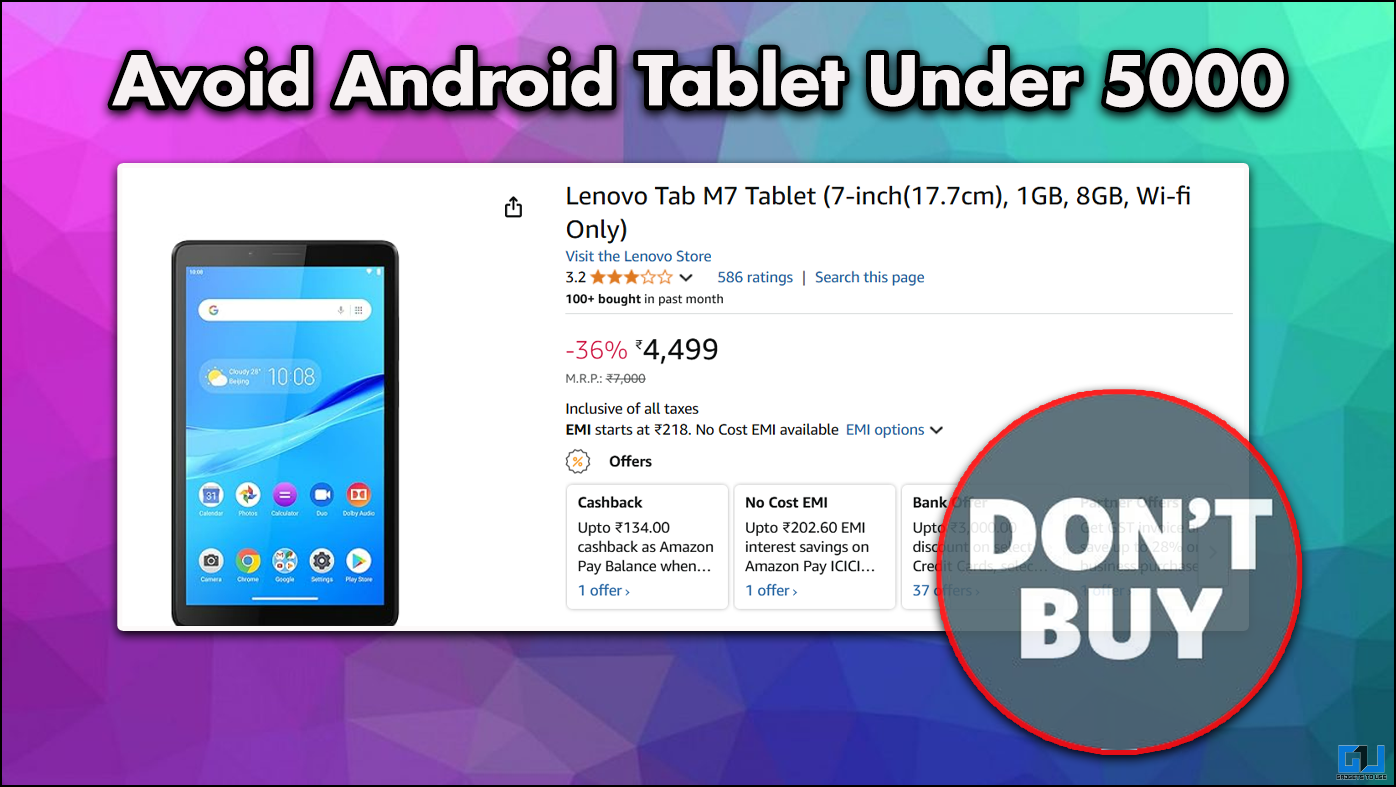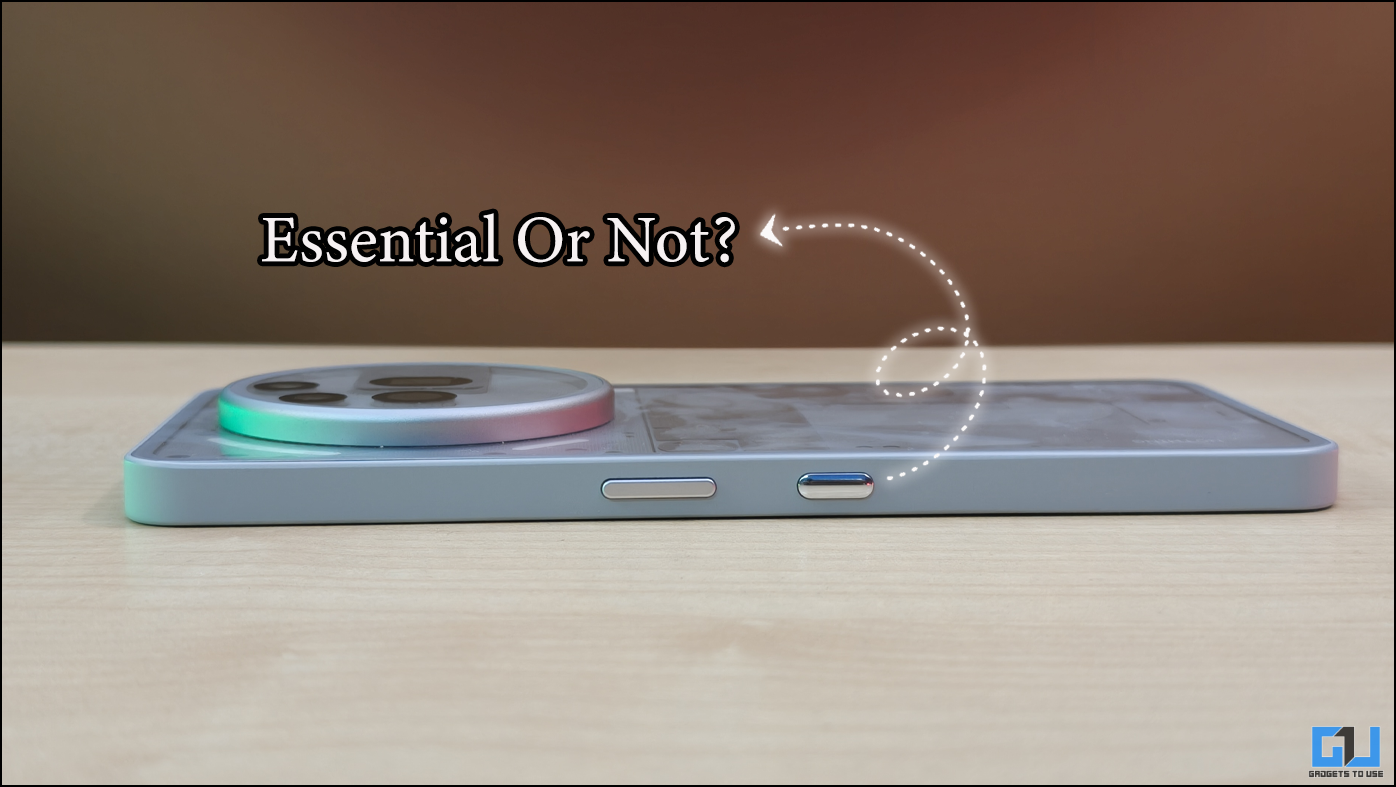Quick Answer
- But if any of these OEMs can raise to the occasion and contrive a best in class flagship phone, there is a bright chance to trounce Samsung at least in flagship segment.
- So it is quite evident that HTC is playing a safe game to avoid further damage rather than trying to top the market which eliminates it from the equation.
- So it is quite apparent that Samsung is far ahead in terms of technology advancements compared to its counterparts like LG, Htc, Sony, which helped it in maintaining the top position for years.
In 2016, what is the hottest topic in smartphone industry? If you assume it to be a tech revolution, sorry to disappoint you as Samsung Galaxy Note 7’s debacle tops the list with minimal competition. Unfortunately, a phone that we dreamt of being the best Android phone ever made ended up as a source of mockery.
Let us not delve into the reasons behind the failure because Samsung knows it better than anyone else does. It may take some time for Samsung to recover from the nightmare and come back strongly with a new flagship phone, of course, that at least doesn’t explode.
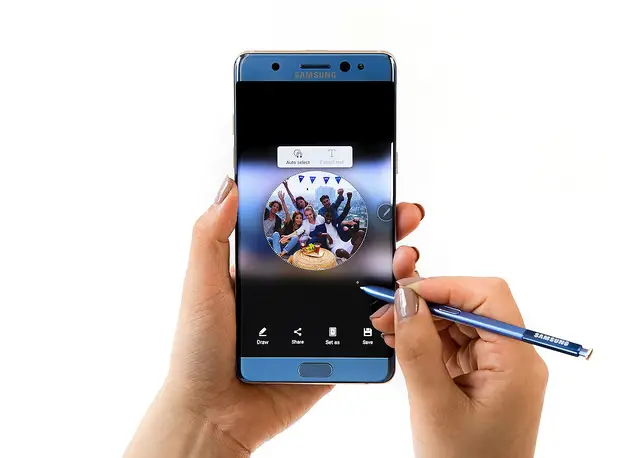
Meanwhile, we need to figure out alternatives for the Galaxy Note 7. The combination of Iris scanner, Super AMOLED display, exquisite design, IP68 rating, and S-pen make it unique. Everyone, who used a Note 7 may not be satiated with the features that any other phone offers. Frankly speaking, there is no substitute for Note 7 in the market. So it is quite apparent that Samsung is far ahead in terms of technology advancements compared to its counterparts like LG, Htc, Sony, which helped it in maintaining the top position for years.
But if any of these OEMs can raise to the occasion and contrive a best in class flagship phone, there is a bright chance to trounce Samsung at least in flagship segment. This assumption immediately entails a question: who can turn around the fortunes? It is indeed a difficult question, but if we closely look at the state of affairs of each OEM, we can at least make a rational assumption.
Sony
Sony has been producing mediocre flagships like Xperia Z3+, Xperia Z5, Xperia X performance. Though recently launched Xperia XZ seems competitive, it is late to the party, as the market is already flooded with SD820 phones. Also, it doesn’t come with fingerprint sensor in the US that is going to hurt the sales figures. It is also worth noting that Sony is following the footsteps of Nokia by not adapting itself to the market trends- In 2016, Xperia XZ still comes with 3GB RAM, big bezels, and nearly same old design. To make things worse, Sony has reportedly lowered the scale of smartphone sales in geographical areas that are not profitable. Therefore, the prospects of a turnaround for Sony is bleak.
HTC
HTC has been recording losses in last five financial quarters due to weak demand in flagship segment. But HTC has resurrected its flagship line with HTC 10, which is acclaimed as the best phone HTC has ever produced. Sadly, even it couldn’t save the company. The primary reason for this downward trend is due to lackluster innovation. Its flagships are just incremental upgrades of their predecessors with hardly any groundbreaking features be it software or hardware. So it is quite evident that HTC is playing a safe game to avoid further damage rather than trying to top the market which eliminates it from the equation.
LG
One trait that is prerequisite to gain flagship market is to innovate and stand out from the crowd. Similar to Samsung, LG is also moving in the right direction by producing phones with unique capabilities. Many tech enthusiasts applauded LG G5 as the best new smartphone at MWC 2016. It may have been overshadowed by the likes of Galaxy S7 Edge, but it is the phone that will be remembered for introducing the term “modularity” to phones.
Recently, LG has not only tasted success with V10 and V20 but also able to create a fan base for ‘V’ series. V20 stands out from the rest with a removable battery, inbuilt Hi-Fi audio DAC, and dual camera setup. This also helped in increasing the market share; LG has 9.8% market share in the US and 30% market share in South Korea, i.e., next to Samsung in both the markets. Like Samsung, it also invests on a large scale in R&D. So it is safe to say that LG has all the ingredients to topple Samsung in flagship segment.
Conclusion
Many of you might wonder why I didn’t consider Chinese OEMs or newly launched Pixel phones. To clobber a behemoth like Samsung, a company should operate in as many markets as possible and also possess a formidable fanbase that is not the case with either of them. In a nutshell, LG has the potential to dethrone Samsung and become the monarch of Android flagship segment.
That being said, Samsung is not to be taken lightly. The company emerged from the woeful design of Galaxy S5 to launch a range of very good looking smartphones. In fact, the widespread criticism and the “bandaid” jokes on the Galaxy S5 pushed Samsung to launch an extremely good looking smartphone such as the Galaxy Note 7 a couple of years later.
Many Android OEMs, as well as Apple, vying to gain market from the Galaxy Note 7’s debacle. But, I believe LG has the resources to make the most of this situation when it comes to the Android world.
